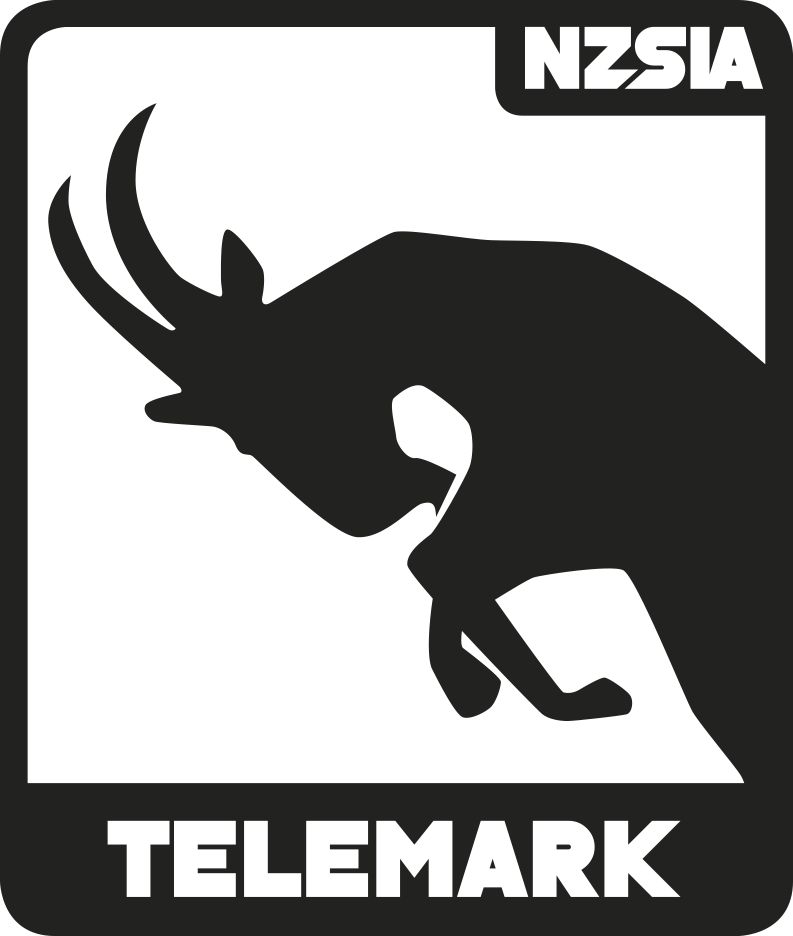Getting Stoked on Telemark. Telemark skiing is a distinct and dynamic style of skiing defined by its “loose heel” technique. Unlike alpine skiing, where the boot is fully secured to the ski, telemark bindings leave the heel free, similar to cross-country skiing. This increased range of motion enhances manoeuvrability, particularly on varied terrain, and offers a unique blend of power, fluidity, and grace.
Safety
Safety first!
Students must feel physically and emotionally safe in the mountain environment—with both you, the instructor, and other participants in the lesson. These feelings of safety are the most important aspect of skiing. The mountain environment will be new to many students, and as the instructor, it is crucial to model, highlight, and promote safe behaviors.
“If your students stay safe, they can ski again the next day!”
Key Safety Considerations
Temperature
Sun Protection
Hydration

Ako
In Te Reo Māori, the concept of ako encompasses both teaching and learning. It recognises the experience that both teachers and learners bring, and it acknowledges the way that in-depth understanding can grow out of shared learning experiences.

